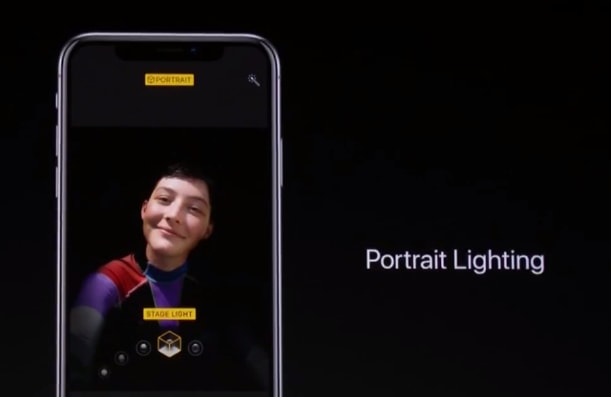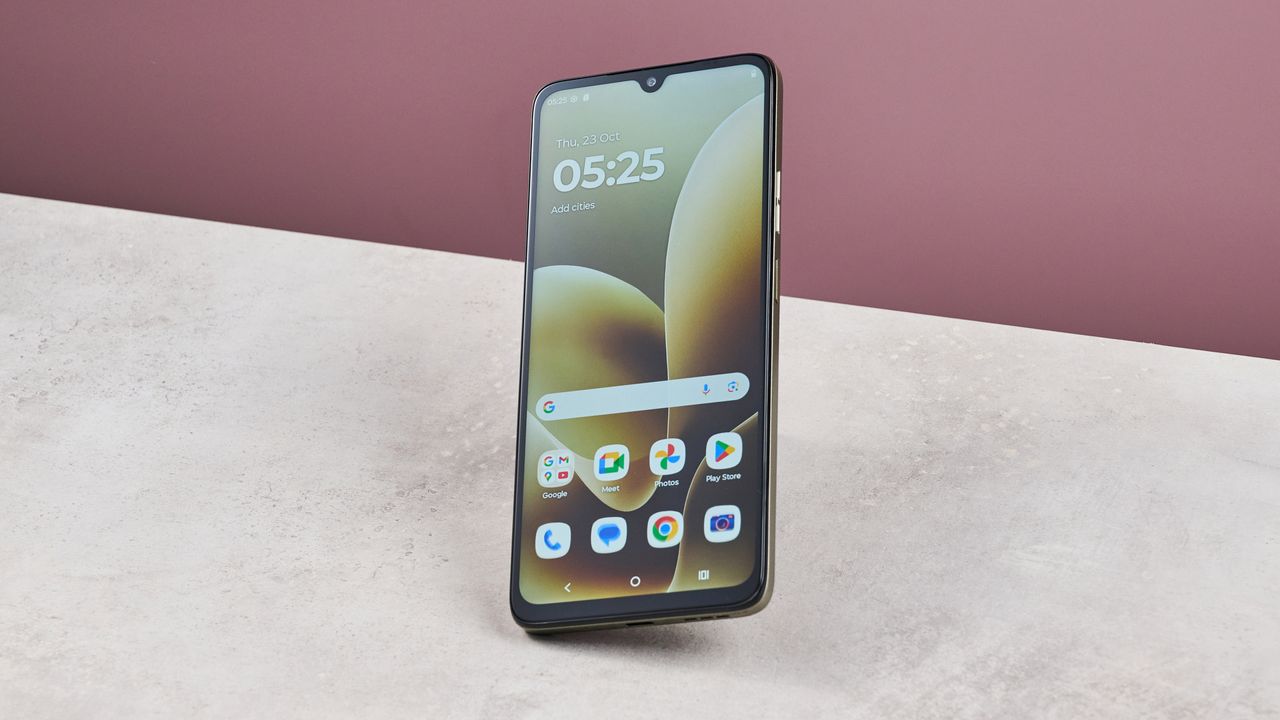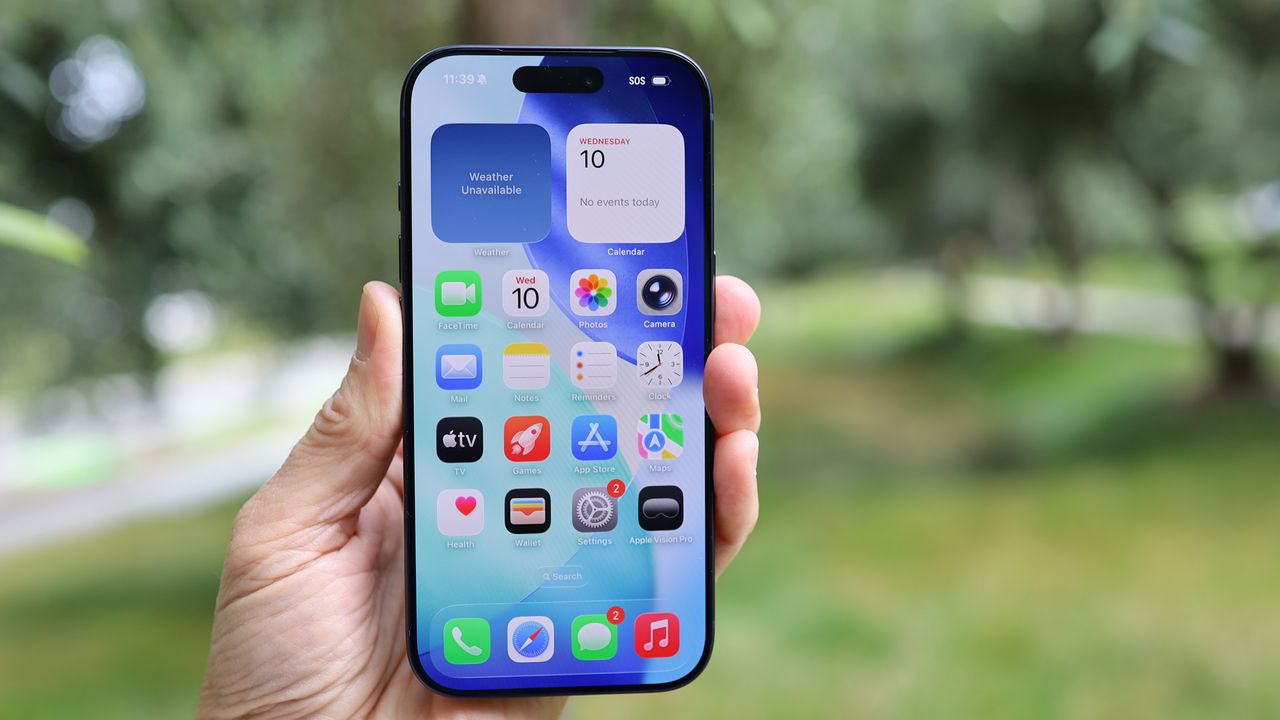
If you were lucky enough to get your hands on an iPhone X, then you will now have Apple’s latest camera mode – known as Portrait. Portrait mode is also available for the iPhone 7 Plus and the iPhone 8 Plus. So if you have a “lesser” model than those, you won’t have it. Which is too bad. The reason it works is because of the dual cameras and it creates a depth-of-field effect. This is what lets you take a photo that keeps your subject sharp while creating a beautifully blurred background. If you have an iPhone 8 or the X, you can add captivating lighting efforts to your image. If you have the iPhone X, the TrueDepth camera will allow you to take a selfie in Portrait mode.
It’s actually really easy to use. You do need to make sure that you’ve got the latest version of iOS installed on your phone and then it’s super simple.
Just swipe to Portrait and take the picture. The Camera app even gives you tips in real time. So if you’re too close, too far away, or the area is too dark, the camera lets you know. You can also use True Tone flash, set a timer, and apply camera filters.
- Open the Camera app.
- Swipe to Portrait Mode.
- Look for the yellow Portrait box.
- Tap the button that looks like the former “Home” button.
After you take your Portrait photo, you can make photo edits—like crop and auto-enhance. If you’re using Portrait mode, there are some things you should definitely take advantage of in order to make your image stand out a little bit more.

- Stage Light or Stage Light Mono: All of Apple’s Portrait Lighting effects can be applied after the fact, but Stage Light and its black and white companion are designed to be shot in-camera (and potentially removed or changed afterward). If you want a good Stage Light photo, expect to be shooting in Stage Light from the start — and take a few test photos to see what your background is giving you.
- Shoot in Low Light: This might seem weird, but you want to shoot in medium to low light areas. Ideally, you want areas that aren’t lit themselves, but where there is spillover light entering them. This allows the Stage Light effect to easily separate the subject from the background.
- Use the flash: Although this isn’t applicable in every situation, the TrueTone Flash can help your iPhone better define the depth map and create a nicer curtain around the subject. Just don’t shoot with it too closely or your entire subject will get washed out.
- Shoot with the TrueDepth camera (iPhone X only): The TrueDepth sensors – which are actively integrated alongside the front camera in the iPhone X – makes the whole thing worth it. Because TrueDepth can measure more depth information than the rear camera, the Stage Light effect often fades more naturally than the cut-out look the rear camera provides. Like the rear camera, it still struggles with bright backgrounds and light sources, and it’s not perfect.
Apple has made a lot of improvements to the iPhone camera, which is producing some incredible looking images. This is increasingly becoming an option for professional photographers, and it’s easy to see why.



